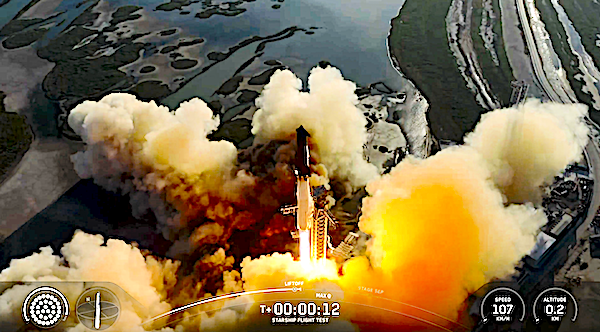
In a pivotal moment for the future of space travel, SpaceX’s Starship successfully executed its eleventh and final flight test of the second-generation design from Starbase, Texas. The mission achieved every major engineering objective, gathering critical data needed to finalize the next iteration of the spacecraft a fully reusable vehicle destined for Earth orbit, the Moon, and Mars.
Key Achievements in Flight:
The test was marked by two significant accomplishments demonstrating reusability,
Super Heavy Booster Landing: After the Super Heavy booster ignited all 33 Raptor engines and performed the hot-staging separation, it executed a unique, complex landing burn a maneuver planned for the upcoming booster design. It successfully hovered before an intentional, controlled splashdown in the Gulf of Mexico.
Starship Upper Stage Performance: The Starship upper stage reached its target trajectory, deployed eight Starlink simulators, and, crucially, completed the third in-space relight of a Raptor engine. This relight is a necessary capability for future deorbit and deep-space maneuvers.
Starship’s re-entry was highly valuable, intentionally stressing its heat shield to test the vehicle’s limits and gather extensive performance data. Following a dynamic banking maneuver mimicking a return flight to Starbase Starship used its four guiding flaps to execute a precise final descent, concluding with a successful soft splashdown in the Indian Ocean.
With the success of this flight, the program now pivots entirely to the next generation of Starship and Super Heavy. Multiple new vehicles are already in active production, slated for the inaugural orbital flights, operational missions, and the first demonstrations of propellant transfer a technology essential for truly long-duration space expeditions.
Read More News On
Catch all the Pakistan News, Sci-Tech News, Breaking News Event and Latest News Updates on The BOL News
Download The BOL News App to get the Daily News Update & Follow us on Google News.




